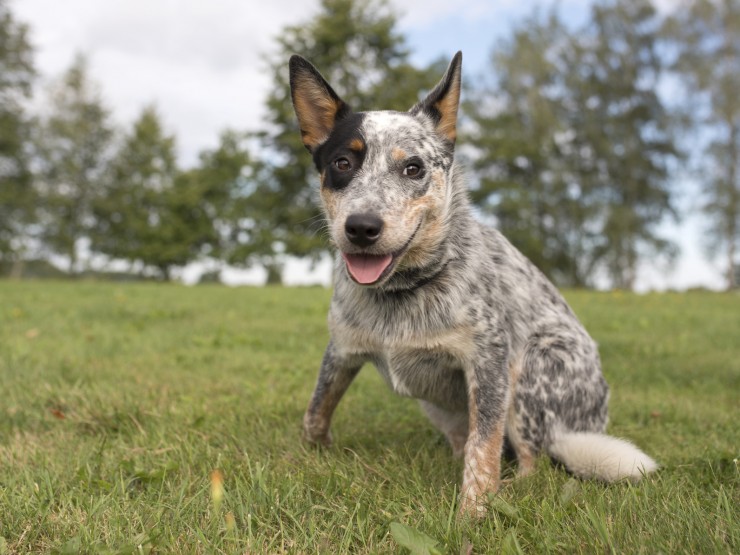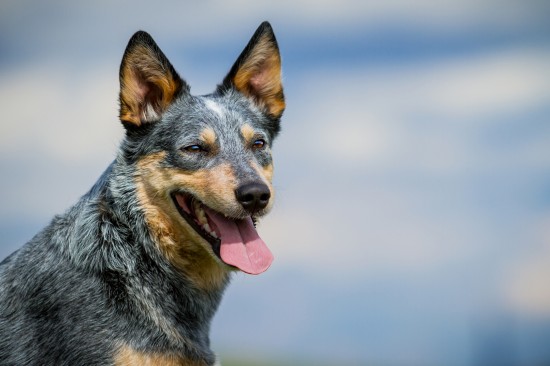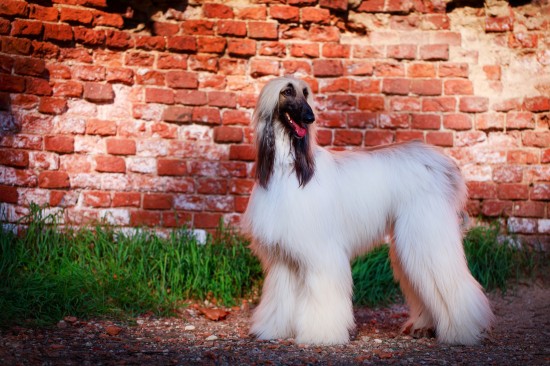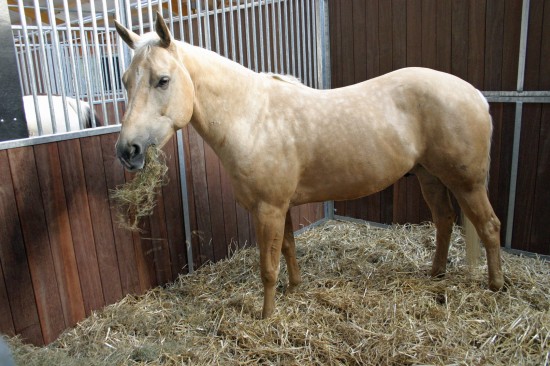To effectively understand dog training, a dog trainer must understand the physical anatomy of a dog.
Bone structure
Bone is a continually changing and actively metabolising tissue in the living animal. It is composed primarily of the minerals calcium and phosphorus, in an organic connective tissue framework which is mainly protein. The physical function of bone is to provide a skeleton structure which supports and protects the soft tissue, and to provide levers against which the various skeletal muscles move.
Other functions of bone are mineral storage - in the hard bone itself; fat storage and the formation of blood cells occur in the marrow. The dog has 319 bones in its skeletal structure
Digestive system
The digestive system consists of all the organs needed to ingest food and transform it by mechanical and chemical means into energy. The system comprises the digestive tract proper, beginning with the mouth (buccal cavity) and the glands linked to it.
The dog, a meat-eating mammal, uses its mouth - specifically, its 4-canine teeth - to seize prey. The flesh of the prey is then masticated through the movements of the lower jaw, or mandible. The premolar and the carnassial (the last upper idremolar and first lower molar, which are particularly developed) tear the meat to pieces, and the molars crush the bones. All of the dog's teeth become worn with age. Examining the incisors and canines can sometimes give a good idea of how old a dog is. However, the food given to domestic animals, and consequently the wear on their teeth, varies a great deal. Saliva is secreted by means of glands in the mouth. The saliva's function is mainly mechanical, to help the dog to swallow.
A dog's tongue is broad, thin and very dexterous. It helps the animal take food into its mouth and, by means of tastebuds, to perceive its flavour.Solid food is shaped by the tongue into a lump, or bolus, which passes from the mouth through the oesophagus. The oesophagus runs down the throat, past the trachea and the heart, between the lungs, past the diaphragm, and empties into the stomach.
The stomach is a pocket of muscle with a capacity of from one to nine litres, depending on the size of the dog. Its shape depends on how full it is. The internal surface of its wall is covered with glands which secrete gastric juices. These juices, together with the stomach muscles, convert the bolus into a whitish fluid mass called chyme, which enters the small intestine.There are two parts of the intestine: the small intestine (called the jejunum), and the large intestine (called the duodenum). The large intestine is where the digestive process ends and where the waste accumulates to become excrement.
Unlike humans, the dog has no appendix. In most respects, however, the dog's digestive system closely resembles ours.
Glands of the digestive tract
Both in size and function, the liver is the most important gland of the digestive system. It accounts for about three per cent of the dog's total weight, though it shrinks with age. It acts on foods, fats proteins and food-nutrients such as glycosides; neutralises toxic substances; and regulates the hormonal system. The liver also secretes bile, which accumulates in the gall bladder and then is discharged into the small intestine to aid digestion. In addition to this, the liver stores vitamins and iron, plays an essential part in maintaining the body's temperature, and contributes to the production of certain components of blood. Another gland of the digestive tract, the pancreas, secretes pancreatic juice into the small intestine. This juice plays an important part in the digestion of proteins and glycosides.

 Eight More Interesting Cat Facts That You Probably Don’t Know
Eight More Interesting Cat Facts That You Probably Don’t Know
 A Short Guide To The Peruvian Guinea Pig
A Short Guide To The Peruvian Guinea Pig
 What Your Choice Of Dog Says About You?
What Your Choice Of Dog Says About You?
 Temperament, Personality And Behaviour Of The Australian Cattle Dog
Temperament, Personality And Behaviour Of The Australian Cattle Dog
 High Strung Kitties
High Strung Kitties
 Dog-Friendly Holiday Accommodation: Questions You Need To Request Before Booking an area
Dog-Friendly Holiday Accommodation: Questions You Need To Request Before Booking an area
 Research Shows That Dogs Do Get Jealous
Research Shows Th
Research Shows That Dogs Do Get Jealous
Research Shows Th
 8 Cat Myths De-mystified
8 Cat Myths De-my
8 Cat Myths De-mystified
8 Cat Myths De-my
 Where Is The Best Place To Buy A New Pet?
Where Is The Best
Where Is The Best Place To Buy A New Pet?
Where Is The Best
 Longevity, Health And Care Considerations For The Afghan Hound
Longevity, Health
Longevity, Health And Care Considerations For The Afghan Hound
Longevity, Health
 How Good Is The Hay You Feed Your Horse?
How Good Is The H
How Good Is The Hay You Feed Your Horse?
How Good Is The H